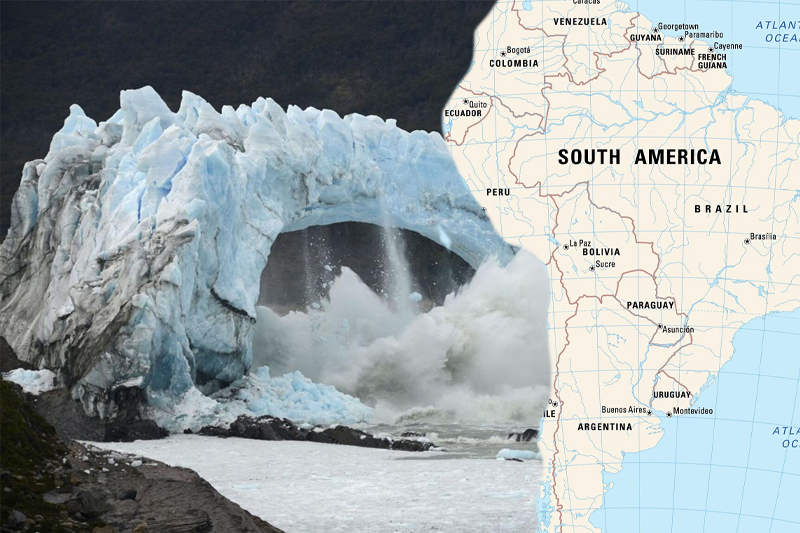
Floods from ice lakes pose threat to communities in Asia and South America
According to academics in a report published on Tuesday, there is an increased danger of flooding for about 15 million people worldwide as a result of melting mountain glaciers. Asia’s communities are the most vulnerable.
Runoff from melting glaciers frequently collects in little lakes that are pushed back by obstacles like stones. A lake overflow poses a threat when it penetrates its natural defences and sends a deluge of water into mountain valleys.
Scientists have calculated the total number of people on the earth who are at risk from these floods for the first time, and they have found that more than half of these populations are concentrated in India, Pakistan, China, and Peru.
According to a study that was published in the journal Nature Communications, the risk is greatest when a lot of people reside close to a lake.
No disaster is natural; rather, it is the presence of people, particularly vulnerable people, in the landscape that leads to a disaster, according to Stuart Dunning, a physical geographer at Newcastle University in the United Kingdom and a co-author of the study.
Keep Reading
Floods caused by glacial lake outbursts are expected to get worse as the climate warms.
Between 2006 and 2016, the world’s glaciers collectively lost 332 gigatonnes of ice annually. Globally, glacial lakes have grown in size and number by around 50% since 1990.
Around 9 million people reside close to more than 2,000 glacial lakes in Asia’s high highlands. In India, an outburst of flood in the country’s northern Himalayas claimed the lives of more than 100 people in 2021.
Mountain glaciers in Asia are not as well observed as those in the Alps and North America, and the majority lack long-term records of how they have evolved through time.
Read: Turkish President Erdogan acknowledges quake response problems
The Chhota Shigri glacier in north India, which contains 20 years’ worth of mass balance measurements (the difference between how much ice a glacier gains and loses in a year), is the best-studied glacier in the Himalayas.
India saw scorching temperatures in 2022, and before the year’s close, researchers travelled to the Himalayas to gauge Chhota Shigri’s mass.




